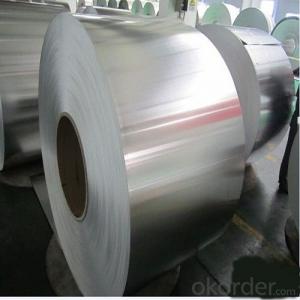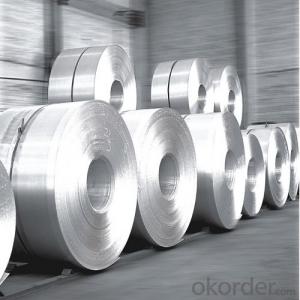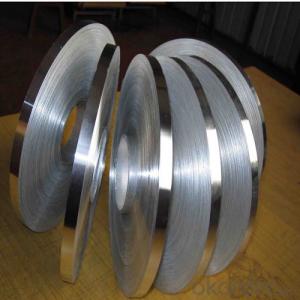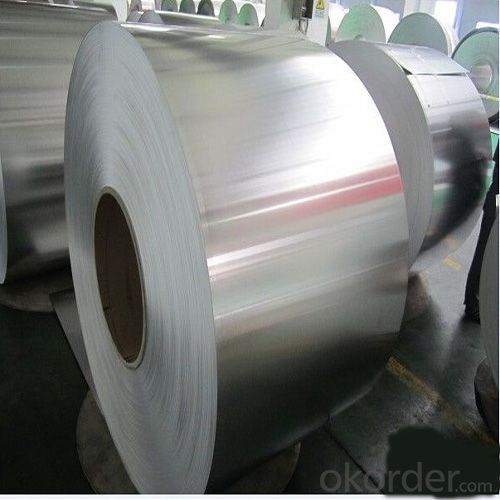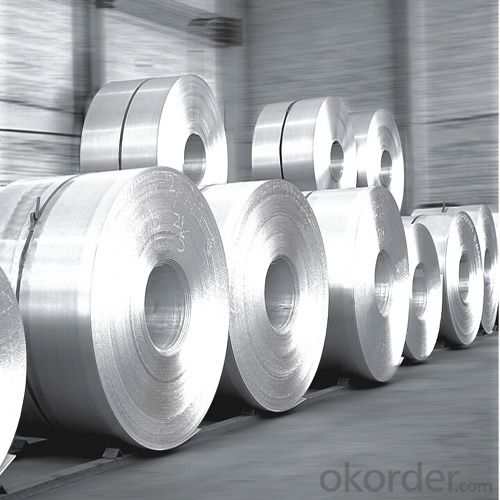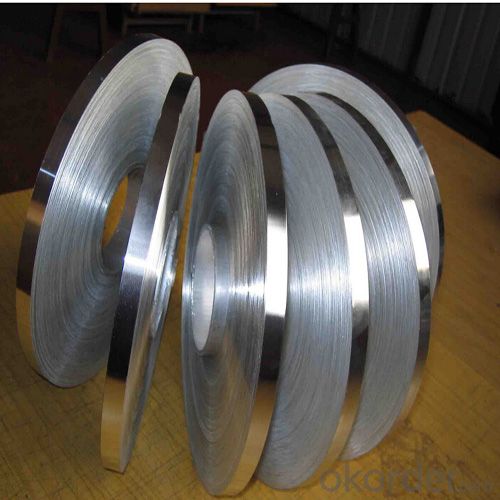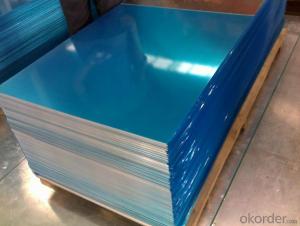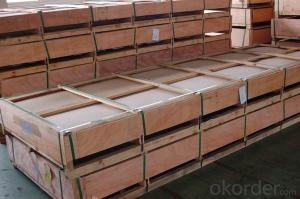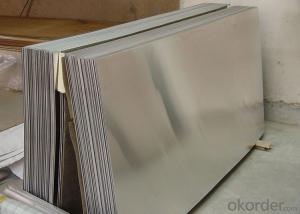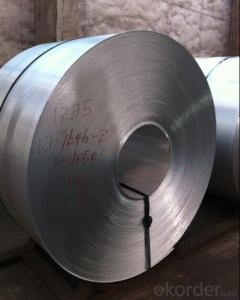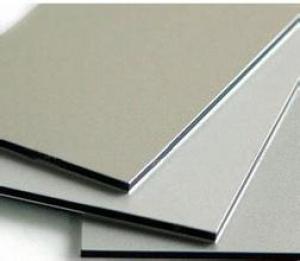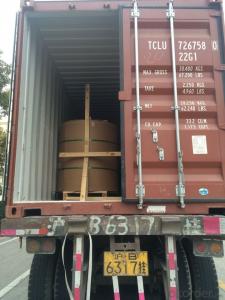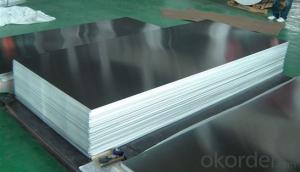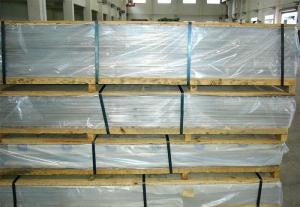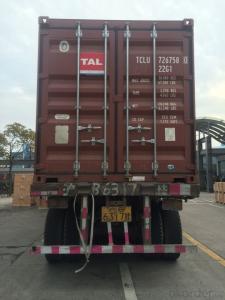Sheets of Aluminum At Lowe's:DC and CC Aluminium Curtain Wall with Best Price
- Loading Port:
- Shanghai
- Payment Terms:
- TT OR LC
- Min Order Qty:
- 5 m.t.
- Supply Capability:
- 10000 m.t./month
OKorder Service Pledge
OKorder Financial Service
You Might Also Like
Specification
1.Structure of DC And CC Aluminium Curtain Wall Description:
Cold Rolling 3003 Aluminum for Construction are widely used for building use, decoration use, making cookware, busing making, shipping building, airplane making and so on。Sizes of aluminum sheet for decoration use: Thickness: 0.3mm~300mm Width: Under 2000mm ( Standard: 1000mm, 1219mm, 1500mm, 1540mm) Length: Under 10000mm. Products commonly used in signs, billboards, building exterior decoration, bus body, high factory wall decoration, kitchen sink, lamp, fan, electronic components, chemical apparatus, sheet processing, deep drawing or spinning hollow ware, welding parts, heat exchangers, Bell surface and plate, plates, kitchen utensils, accessories, safety equipment and other.
2.Main Features of DC And CC Aluminium Curtain Wall:
Good mechanical properties.
Easy processing, wearability.
Corrosion resistance
Resistance to oxidation.
3. DC And CC Aluminium Curtain Wall Images:
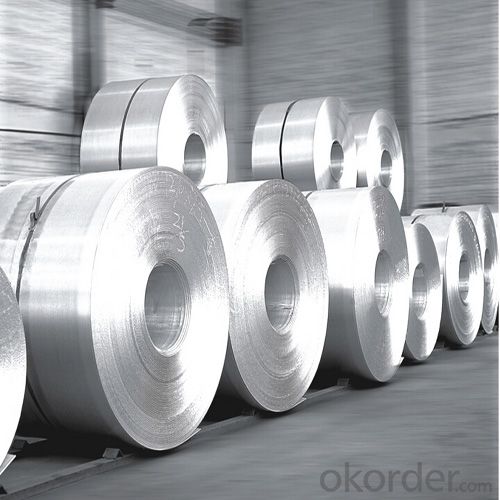
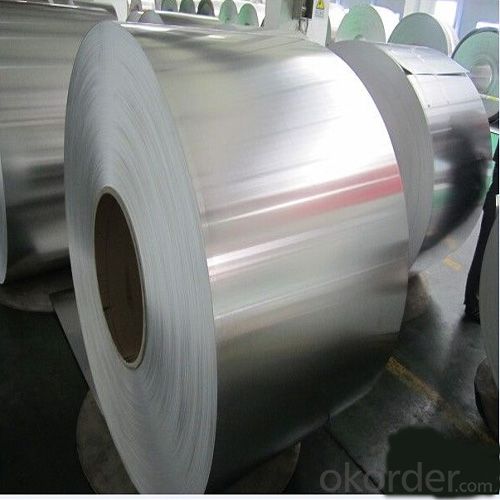
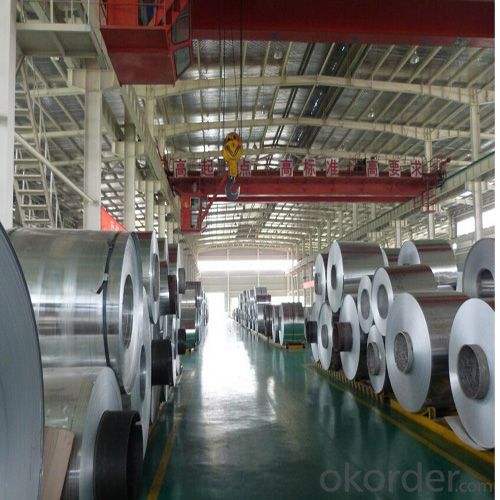
4. DC And CC Aluminium Curtain Wall Specification:
Product | Alloy | Temper | Thickness | Width | Length | Application |
| 1050 | H18 H16 | | | | Checkered plate Curtain wall panels |
| H18 H16 | | | | ||
| H18 H16 | | | | ||
5052 | H18 H16 | 0.2~3.0 | 600~1300 | 1000~4000 |
5.FAQ
Q1.How long have you been in this product?
A1:More than 10 years.
Q2. What's the minium quantity(MOQ)?
A2. 5 Metric tons
Q3. How long is shipping time?
A3. 7 (ready-made products)-25 days(OEM)
Q4. How do you guarantee the quality?
A4. 1. Cooperating and Exchaning experience with sevral quoted aluminum companies
2. Japanese and Swiss production line and skilled works (regular training and testing)
3. more than 10 years production experience.
Q5. Do you have after sale service?
A5. Yes. Any quality problem occurs within one year, pls take photoes,we will be responsible.
- Q: Can the aluminum sheets be used for manufacturing electronic heat sinks?
- Certainly! Electronic heat sinks can be manufactured using aluminum sheets. Due to its outstanding thermal conductivity and lightweight characteristics, aluminum has become a favored material for heat sinks. It facilitates the efficient dissipation and regulation of heat produced by electronic components. By easily molding and shaping aluminum sheets, the desired heat sink design can be achieved, thereby ensuring effective cooling for electronic devices.
- Q: The question asks about the duration aluminum sheets can last and how this compares to the lifespan of other materials.
- <p>The lifespan of aluminum sheets can vary significantly based on the environment and usage conditions. Generally, aluminum sheets have a long lifespan, often lasting 50 years or more without significant deterioration when properly maintained. This durability makes aluminum sheets a popular choice for construction and manufacturing applications. Compared to other materials, such as steel, aluminum is lighter and more resistant to corrosion, which can extend its lifespan in certain environments. However, steel may be more suitable for applications requiring high strength, while aluminum excels in applications where weight and corrosion resistance are priorities.</p>
- Q: If Aluminum can, in fact, not be sterilized I would love to know why.
- Sterilization refers to the ability to clean a surface of bacterium. Simply pouring rubbing alcohol on something sterilizes it. Aluminum can be sterilized just as good as any other metal. If it couldn't, would we ship our favorite drinks in cans of it?
- Q: What are the distinctions among various grades of aluminum sheets?
- <p>Yes, there are differences between different grades of aluminum sheets. These differences are primarily based on the alloy composition, which affects properties such as strength, formability, and corrosion resistance. For instance, 1000 series aluminum is pure and soft, making it ideal for general purposes. 2000 series is harder and stronger, often used in aerospace applications. 3000 series is known for its high resistance to corrosion and is used in marine applications. 5000 series offers good strength-to-weight ratio and is used in structural applications. 6000 series is known for its strength and is used in construction and industrial applications. Each grade has specific uses based on its unique characteristics.</p>
- Q: What is the final concentration of aluminum cation?
- You have to be able to determine the number of moles of Al+3 that each solution contributes to the final solution: 1. aluminum chloride: AlCl3 Multiply the volume (in L) by the molarity to determine the number of moles of each compound dissolved in solution. 0.0431 L x 0.279 M = 0.0120 mol AlCl3 in solution When the AlCl3 in placed in the water, it dissociates to form the following ions: AlCl3 -- Al+3 + 3Cl- So for every one mole of AlCl3 placed in the water, one mole of aluminum ions will dissociate. Therefore, since we have 0.0120 mole of AlCl3 in the solution, that means that the aluminum chloride will contribute 0.0120 Al+3 ions to the final solution. 2. Aluminum sulfate: Al2(SO4)3 Multiply the volume (in L) by the molarity to determine the number of moles of each compound dissolved in solution. 0.0146 L x 0.464 M = 0.00677 mol Al2(SO4)3 in solution When the Al2(SO4)3 in placed in the water, it dissociates to form the following ions: Al2(SO4)3 -- 2Al+3 + 3(SO4)-2 So for every one mole of Al2(SO4)3 placed in the water, two mole of aluminum ions will dissociate. Use the mole ratios of the dissociation reaction to determine the number of moles of Al+3 ions that the aluminum sulfate contributes to the solution. 0.00677 mol Al2(SO4)3 x (2 mol Al+3 ions / 1 mol Al2(SO4)3) = 0.01354 mol Al+3 ions Therefore, the total number of Al+3 ions in solution is the sum: 0.01354 + 0.0120 = 0.02554 mol Al+3 ions The last piece of information needed to determine the concentration of the final solution is the volume of the final solution. Since the two volumes were mixed, the volume of the final solution will be the sum of the two solutions. 0.0431 L + 0.0146 L = 0.0577 L Therefore, to calculate molarity: Molarity = moles of solute / liters of solution Molarity = 0.02554 mol / 0.0577 L = 0.443 M Al+3
- Q: What are the different types of surface treatments available for marine-grade aluminum sheets?
- There is a variety of surface treatments available for marine-grade aluminum sheets, each with unique benefits and characteristics suitable for different applications. 1. Anodizing: By electrolysis, a protective oxide layer is created on the aluminum sheet's surface. Anodized aluminum sheets provide excellent resistance to corrosion, increased durability, and can be colored or dyed for aesthetic enhancement. 2. Powder Coating: Dry powder is applied to the aluminum sheet and then cured through heat, resulting in a tough and durable coating. Powder-coated aluminum sheets offer exceptional resistance to corrosion, abrasion, and fading, and come in a wide range of colors. 3. Polishing: Imperfections on the aluminum sheet's surface are removed through polishing, resulting in a smooth and shiny finish. This treatment is commonly used for decorative purposes to enhance the visual appeal of marine-grade aluminum sheets. 4. Brushing: Abrasive pads or brushes are used to create a textured surface on the aluminum sheet. Brushing is often employed to conceal scratches or imperfections and can provide a unique aesthetic appearance. 5. Chemical Conversion Coating: A chemical solution is applied to the aluminum sheet, reacting with the surface to form a protective coating. Chemical conversion coatings enhance the aluminum's corrosion resistance and can also serve as a base for further surface treatments, such as painting. 6. Clear Coating: A transparent protective layer is applied to the aluminum sheet. Clear coating helps prevent corrosion and oxidation while maintaining the natural appearance of the aluminum surface. When selecting a surface treatment, it is crucial to consider the specific requirements and intended use of the marine-grade aluminum sheets. Each treatment offers different characteristics in terms of corrosion resistance, durability, aesthetics, and cost, allowing for customization based on the application's specific needs.
- Q: Are aluminum sheets suitable for heat sinks?
- Aluminum sheets are well-suited for heat sinks. They are a lightweight and highly conductive metal, making them a great choice for dissipating heat. With their high thermal conductivity, they efficiently transfer heat away from the source and distribute it over a larger surface area. Moreover, aluminum exhibits good corrosion resistance, which is crucial for heat sinks that may come into contact with moisture or other environmental elements. The flexibility and ease of working with aluminum sheets also allow for the creation of various heat sink designs to meet specific cooling needs. In summary, aluminum sheets are extensively employed in heat sink applications due to their exceptional thermal conductivity, lightweight nature, resistance to corrosion, and ease of fabrication.
- Q: I don't like purchasing deoderants that contain aluminum sulfate due to the fact that a build-up of aluminum may cause Alzheimer's (my grandfather has it). So, I purchased an all natural deoderant only to later look more closely at the labely and see POTASSIUM ALUM....hmmm, alum versus aluminum? Supposedly alum cannot be absorbed by the skin so it's safe....any proof?
- Is Alum Aluminum
- Q: How are aluminum sheets cut or shaped?
- Aluminum sheets can be cut or shaped using various methods depending on the desired outcome. One common method is using a saw, such as a circular saw or a bandsaw, with a carbide-tipped blade specifically designed for cutting metal. This allows for straight cuts and can be used for both thin and thick aluminum sheets. Another method is using a shear, which is a machine that uses sharp blades to cut the aluminum sheet. Shearing is ideal for cutting straight lines quickly and efficiently, especially for thinner sheets. For more intricate shapes or curves, aluminum sheets can be cut using a water jet cutter or a laser cutter. Water jet cutting involves using a high-pressure jet of water mixed with an abrasive material to cut through the sheet. Laser cutting, on the other hand, uses a focused laser beam to melt or vaporize the aluminum, resulting in precise and intricate cuts. In addition to cutting, aluminum sheets can also be shaped through processes like bending, rolling, or stamping. Bending involves using a press brake to bend the sheet into the desired angle or shape. Rolling, on the other hand, uses a rolling machine to gradually shape the sheet into curves or cylinders. Lastly, stamping involves pressing the sheet against a die to create specific shapes or patterns. Overall, the method used to cut or shape aluminum sheets depends on the thickness of the sheet, the desired outcome, and the available equipment.
- Q: Are 101 aluminum sheets suitable for medical equipment?
- Yes, 101 aluminum sheets are suitable for medical equipment.
Send your message to us
Sheets of Aluminum At Lowe's:DC and CC Aluminium Curtain Wall with Best Price
- Loading Port:
- Shanghai
- Payment Terms:
- TT OR LC
- Min Order Qty:
- 5 m.t.
- Supply Capability:
- 10000 m.t./month
OKorder Service Pledge
OKorder Financial Service
Similar products
Hot products
Hot Searches
Related keywords
